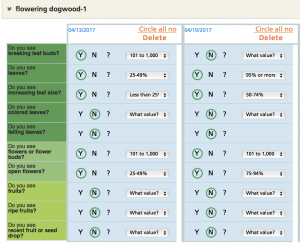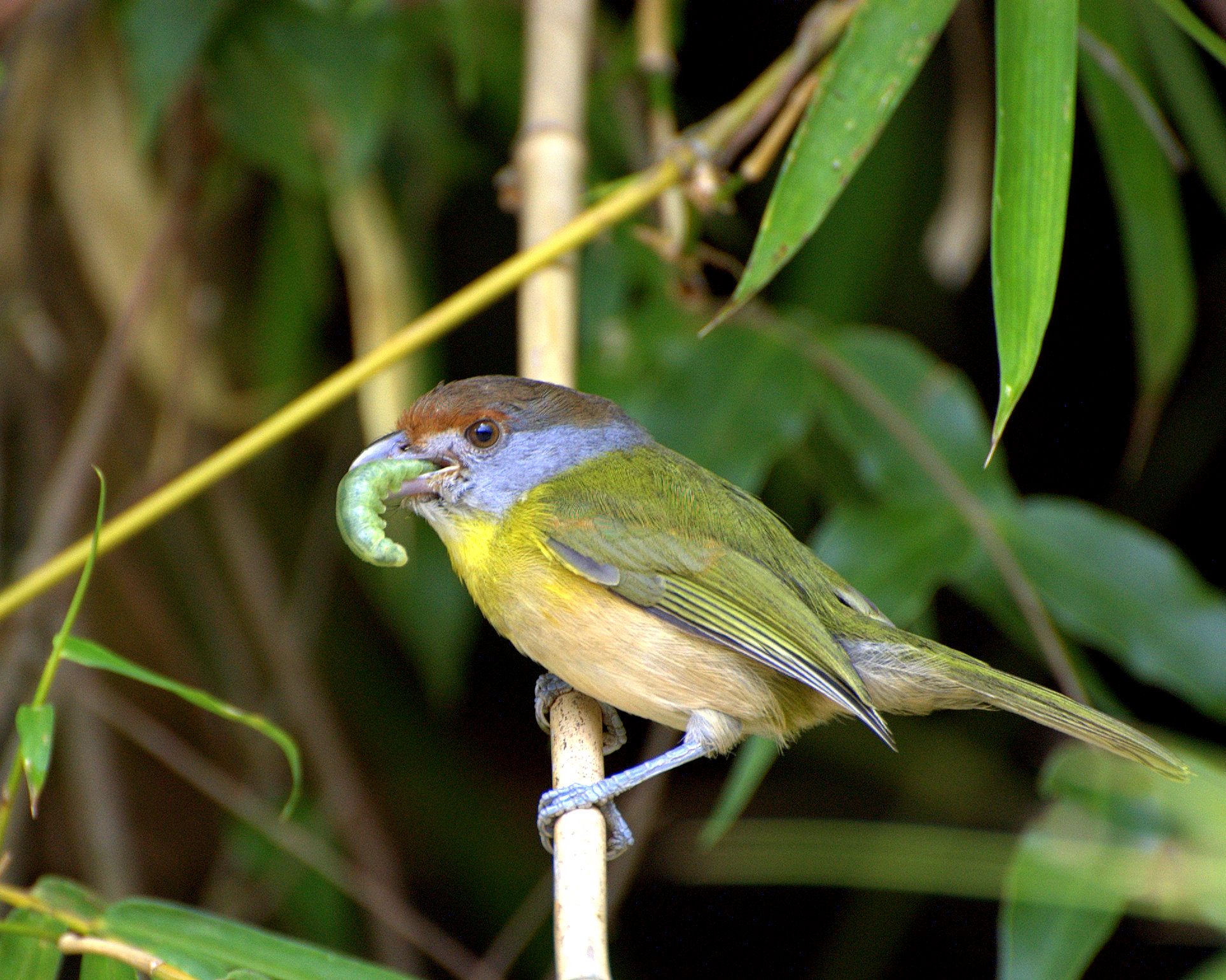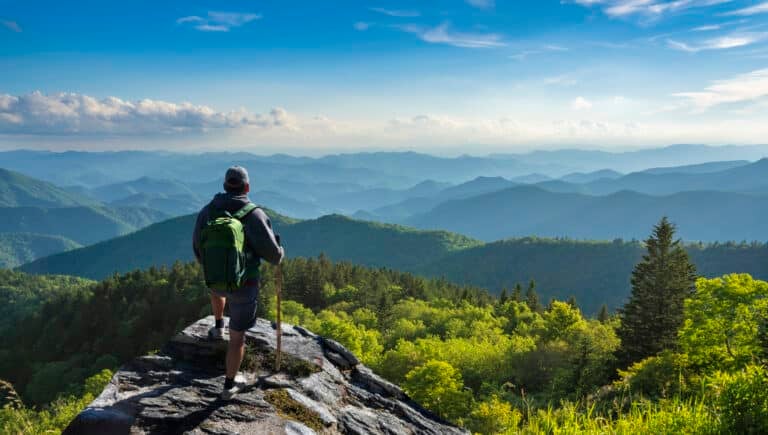About three years ago I was introduced to phenology, the study of the cyclical timing of natural phenomena. One interested in phenology looks at the exact timing of the emergence of milkweed shoots from the soil, the bursting of leaf buds on a red maple, and the sudden appearance of the black-throated green warbler from its Central American winter breeding grounds. Stated simply, phenology is the study of nature’s calendar.
I was introduced to phenology during a trip with a colleague and our environmental science classes to the Appalachian Highland Science Learning Center, located on the eastern edge of Great Smoky Mountains National Park. Sitting at just over 5,000 feet in elevation on Purchase Knob, the center offers educational programs for students and houses scientists collecting data on air quality, salamander health, phenology, and other topics. In addition to its functional capacities as a research site, Purchase Knob is beautiful, affording visitors stunning views of the Southern Appalachians.
I read the supporting pre-lab materials offered by the program, but it took a while for me to grasp the essence and importance of phenology. “Why would anyone want to spend time studying phenology?” I wondered.
Here’s why: Climate change is not only about warming temperatures, rising sea levels, and stronger storms. Quite subtly, climate change affects the timing of spring and fall events, such as when oaks leaf out and flower in spring—and then drop their leaves in the fall—and when insect larvae (caterpillars) hatch. Climate change threatens to alter these timings, and scientists are already gathering evidence of phenological mismatches. For example, what happens to worm-eating warbler populations if, after their long flight across the Gulf of Mexico in spring during their annual northerly migration, they encounter forests with decreased populations of caterpillars, which have begun their reproductive cycle earlier due to climate change? It may be that the worm-eating warbler may alter its timing, too, but it may also be that the warbler cannot adjust as rapidly as events change due to climate change. Hence, the study of phenology.
After the trip with my class to Purchase Knob, I returned to Asheville School and set up our “phenology circuit,” a 20-minute walk with six forest trees tagged for us to monitor over the years. Throughout the school year, my classes and I walk the loop with clipboards and pencils, and we note the various phenophases of each of our trees—flowering dogwood, two red maples, Northern red oak, American hornbeam, American beech—looking closely at the leaves, flowers, and fruits. We enter our data on our Nature’s Notebook page, run by the USA National Phenology Network, which organizes the phenology data collected by students, researches, and volunteers, and then makes the data and developed models available for use available to the public.
Here are some reasons why I like this simple project, and why I encourage you to consider participating, too:
- We are participating in citizen science, collecting data with thousands of others across the country for the greater good. Through studying years of collected data, scientists will be able to understand the effects of climate change on many different living organisms.
- The project is a great excuse to get outside. Inevitably, many other observations and learning opportunities arise during a phenology walk.
- One’s observation and estimation skills are sharpened. For example, it is not enough to note the white “flowers” of the flowering dogwood, because these are not the reproductive parts of the tree. What we generally consider to be flowers are leaf-like bracts, and the flowers are the small reproductive parts in the center of the bracts. As shown in the figure above, our flowering dogwood had 25-49% of its flowers open on April 13, and 75-94 % of its flowers open six days later.
- These observations allow us time to appreciate the trees. One of our trees is a small Northern red oak, and I have enjoyed simply watching it grow since the fall of 2014.
Participation in this project is easy, and I encourage everyone to participate. Find a tree (or herbaceous plant or even animal) in your yard, neighborhood, or a nearby park; sign up on the Nature’s Notebook website; print out some data sheets; and get started. You’ll have one more excuse get outside, have one more reason to practice mindfulness through observation, and you’ll collect valuable research data all the while. The climate is changing, and we can all take part in helping to understand the impacts of climate change on the other living organisms in our midst.









